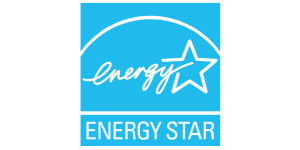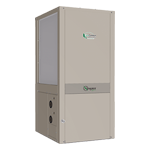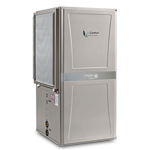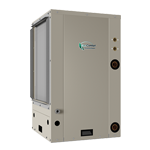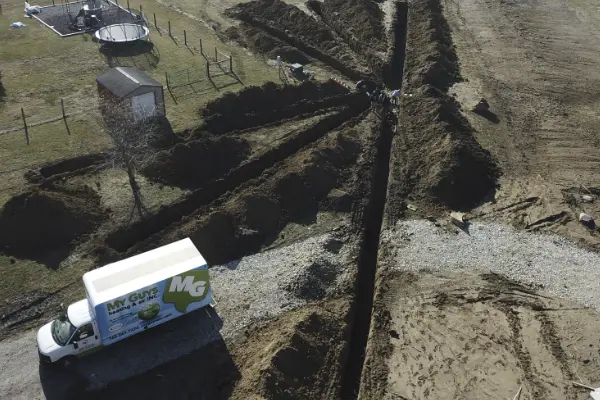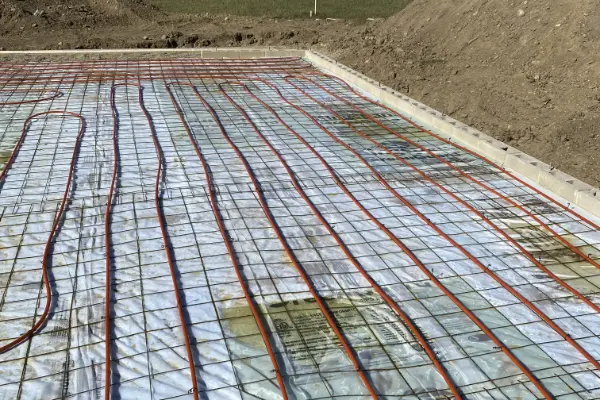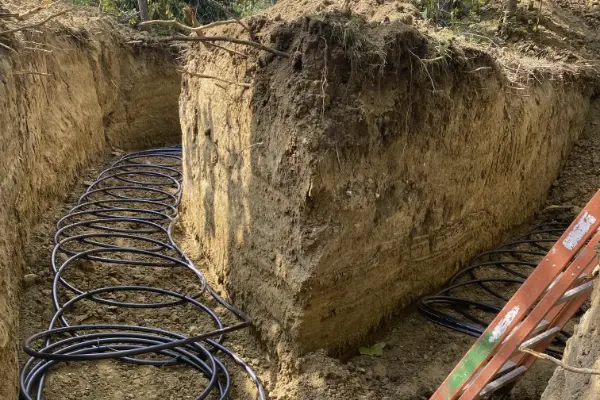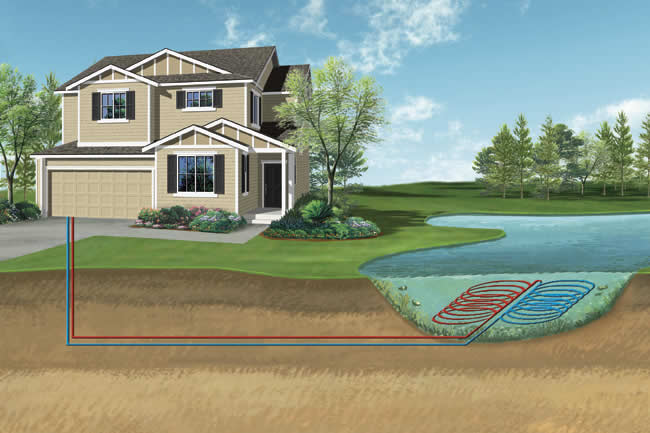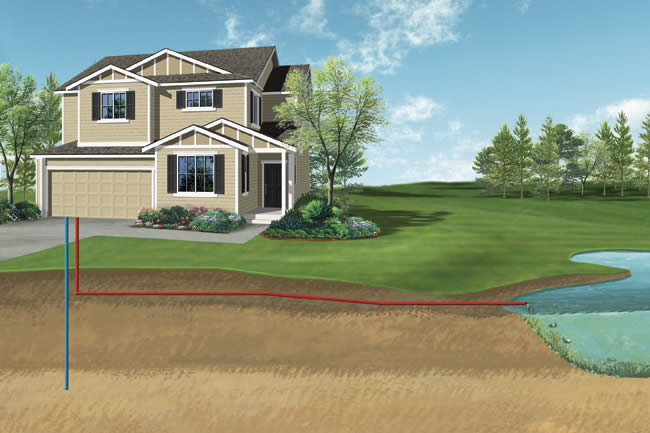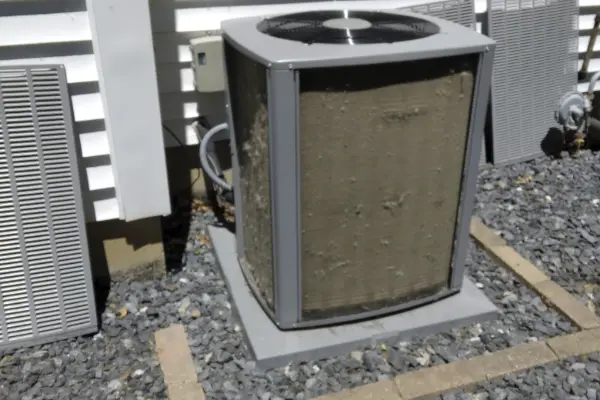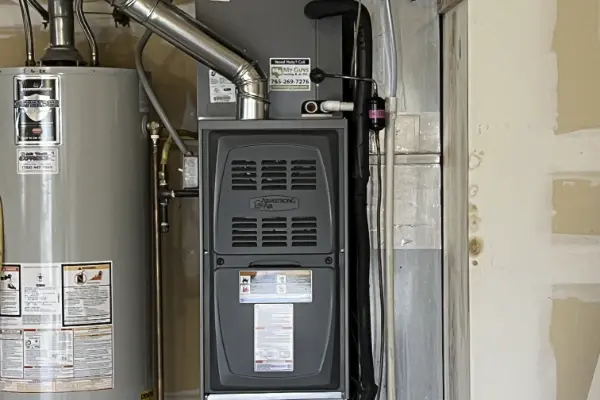Geothermal System Installation Near You
- Over 20 Years of HVAC Experience
- Locally & Family Owned
- Geothermal Heat Pump Experts
- Join Our Maintenance Plan
- Prompt & Professional Repair
The GeoComfort units we carry are made in America with the highest standards of quality. GeoComfort's commitment to continuous improvement and quality control has made reliability one of the brand's greatest assets. No other geothermal manufacturer has quality testing as extensive. In fact, each and every GeoComfort unit we install undergoes rigorous testing before it is packaged for shipping.
Specialized component selection and advanced design gives GeoComfort systems a competitive advantage. Unit for unit, GeoComfort systems have higher heating capacities than the competitors. That means less reliance on supplemental heat and ultimately lower heating costs when compared with other geothermal brands.

